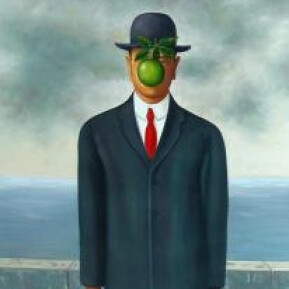Lisa Holden
I have spent most of my career working in international schools that offer the IB Diploma program, and I am currently based in Washington DC. I have worked with middle school students in the past, but the majority of my experience is in upper school, working with students in grades 9 through 12. I have been using Project Zero approaches for a number of years and am always looking for new ways to foster a culture of thinking in my classroom.
Lisa Holden's collections
Exploring Scientific Innovation: Process, Product and Impact.
 Lisa Holden
Lisa Holden
Constructing History: Exploring Primary Sources.
 Lisa Holden
Lisa Holden
Exploring Works of Art: Parts, Purposes and Puzzles
 Lisa Holden
Lisa Holden



